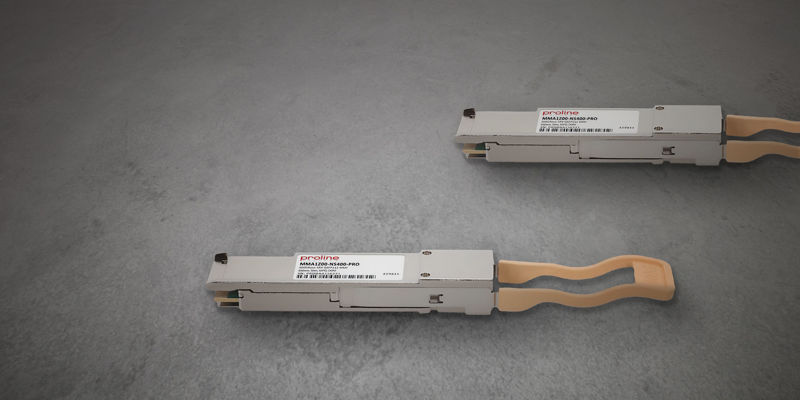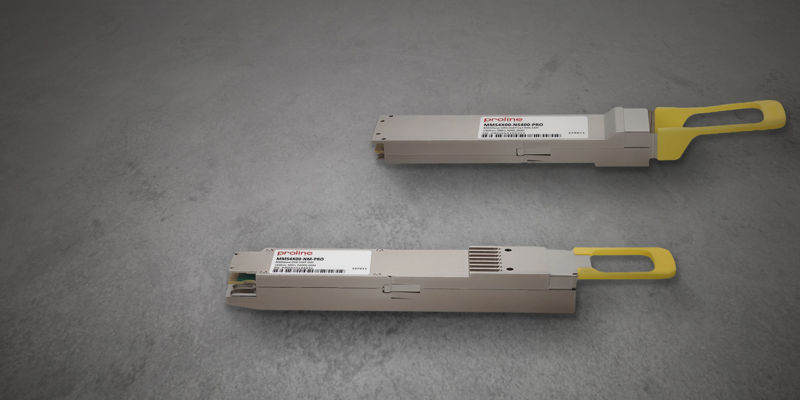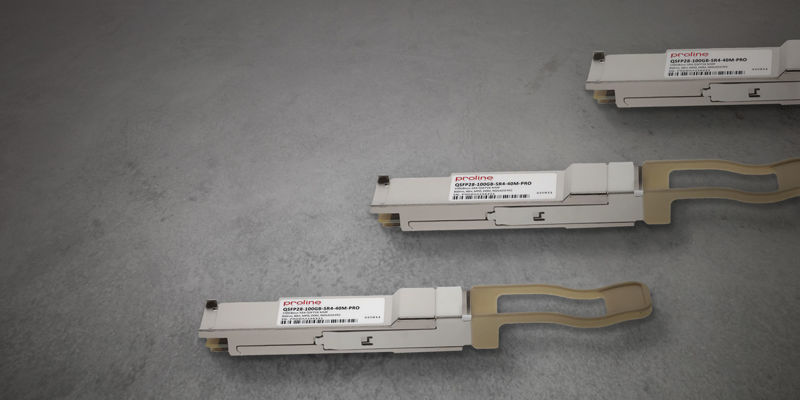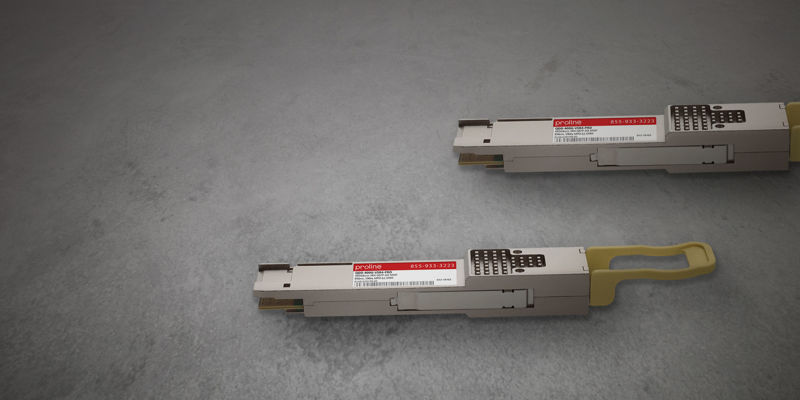COVID-19 is a catalyst for education's digital transformation. ISPs help make it possible.
The three T’s, telework, telehealth, and tele-education are fast being expanded upon nationwide. In the process, the US Federal Communications Commission (FCC) and other communication bodies around the world have exposed hard realities about the digital divide.
It’s time to discuss the coronavirus disruption and how technology can help
New solutions for education could bring much needed innovation, but who’s laying the foundation? The slow pace of change in academic institutions with centuries-old, lecture-based approaches to teaching is now starkly challenged with innovative solutions in a relatively short period of time.
Students are now accessing reading material via Google Classroom, getting used to synchronous face-to-face video instruction, and using online platforms such as Zoom or Blackboard as their virtual classrooms. Schools and universities in turn are coordinating with their internet service providers (ISPs) to ensure sufficient bandwidth is allotted for the millions of online and video-consuming students.
One option to mitigate the newfound capacity and bandwidth problems would be to downgrade everyone to standard definition from HD.
In contrast, the other option, as attested by Verizon’s CTO Kyle Malady, is to upgrade. Malady says, “most of my engineers’ time is spent these days on adding capacity and figuring out what tools they’re going to bring to the table to meet that demand.” With the sense of urgency to upgrade networks during these unprecedented events, ISPs want to drive faster towards capacity upgrades, and wireless carriers want to drive even faster towards 5G deployments.
As 5G becomes more prevalent across the world, we will see the education sector truly embrace the "learning anywhere, anytime" concept of digital education in a range of formats since the tether of wireless service will eventually vanish.
Bridging the digital divide between capacity and need
There is a need for all academic institutions to have faster internet access, whether through traditional cable or wireline carriers - or via wireless cellular infrastructure so they can work and learn from home. The less affluent and digitally savvy individual families are, the further their students will be left behind and home workers will struggle.
Some of the proposed actions from the FCC and other communication bodies around the world may be:
- Expediting waivers and experimental licenses that will expand network capabilities for wireless providers
- Creating additional wireless ISP capacity by temporarily authorizing the 5.9 GHz band for rural wireless providers
- Awarding grants for capacity upgrades in underserved communities hit hard by the coronavirus
- Encouraging ISPs to provide low-cost program options to extend basic internet connections
The brunt of the work addressing these concerns falls back to ISPs or to the network operators
Network operators are the who going to look for a range of fiber options that will increase bandwidth and speed for their customers, including the most critical (and expensive segment) - the access and edge of the provider's plant. With pressures stemming officially from the FCC and other communication bodies around the world ISPs are rushing to scope their infrastructure projects, secure necessary hardware and components, and execute upgrades at an unprecedented pace.
Proline's experience and portfolio of network solutions supports ISPs in this endeavor
Some of the top upgrade projects to accommodate these shifts include:
- Access Network Upgrades – Despite years of investment, many access network elements are connected by 1G or lower connections. Simple 1G to 10G upgrades are fast and efficient with our wide range of SFP+ transceivers to CWDM and DWDM fixed and tunable wavelengths, including a full suite of GPON and XGS PON 1G/10G transceivers.
- Maximizing Fiber Infrastructure – 10G tunable SFP+ transceivers are a smart choice that enables ISP subscribers to enjoy higher bandwidth and more efficient use of fiber resources while simplifying on-site setup. And when the DWDM transceivers can self-tune, this further reduces costs as the need for tuning equipment is eliminated as well as the operational complexity and training requirements. Proline’s auto-tunable transceivers work at 10G with plug and play deployment, covering all your wavelength needs with no host intervention required. Simply plug into the host device and passive mux, the transceiver does the rest.
- Upgrades from the Edge to the Core – Video conferencing and other synchronous applications are driving upgrades at both the network core and edge. Our wide broad portfolio of 25G SFP28 and 100G transceivers are popular upgrades to keep up with rapidly increasing demands while limiting cost exposure.
- Fiber Connectivity Solutions including WDM mux/demux and fiber patch cables, to connect it all together - Proline's test certified fiber patch cables are robustly constructed, ensuring circuit integrity and seamless connectivity. A wide assortment of single-mode, multi-mode, and MPO cables are available. View all fiber patch cable options.
Whether supplying ISPs or schools with network upgrades, Proline is ready to fulfill and offer expert advice.
Moreover, many of Proline's fiber optic solutions are Trade Agreements Act (TAA) compliant which means they proudly originate from the United States.
Your fiber optic solution is here
Explore the benefits of working with us. Get started today!





